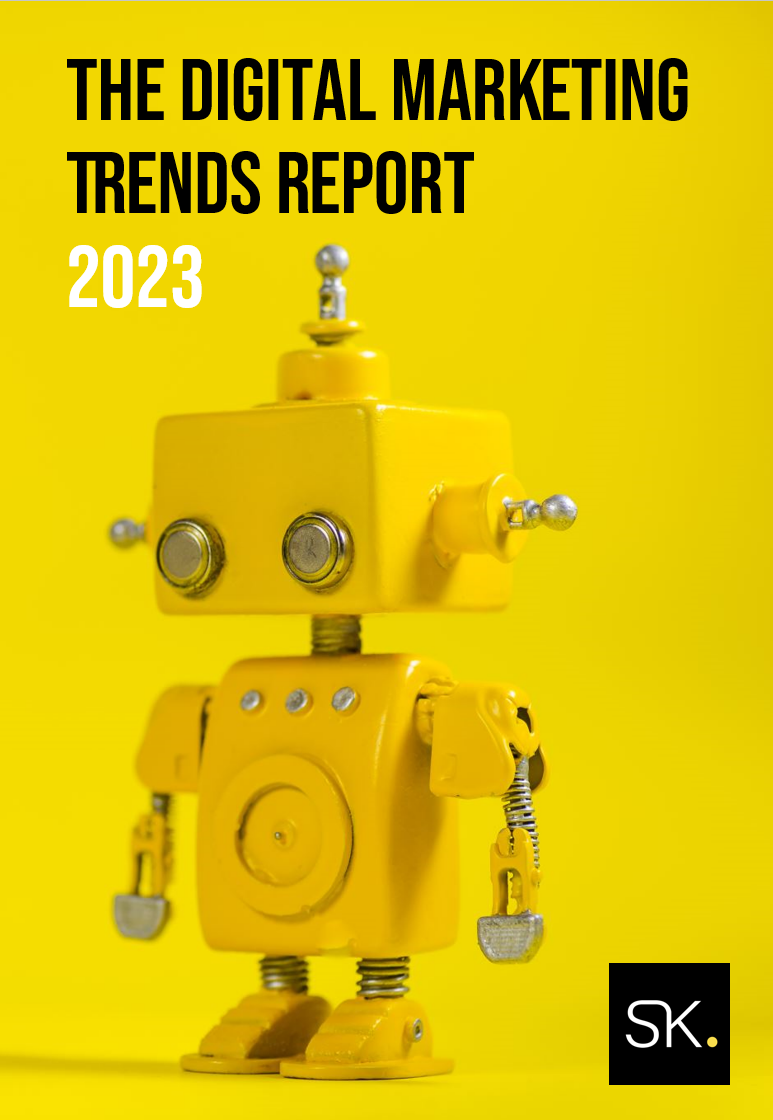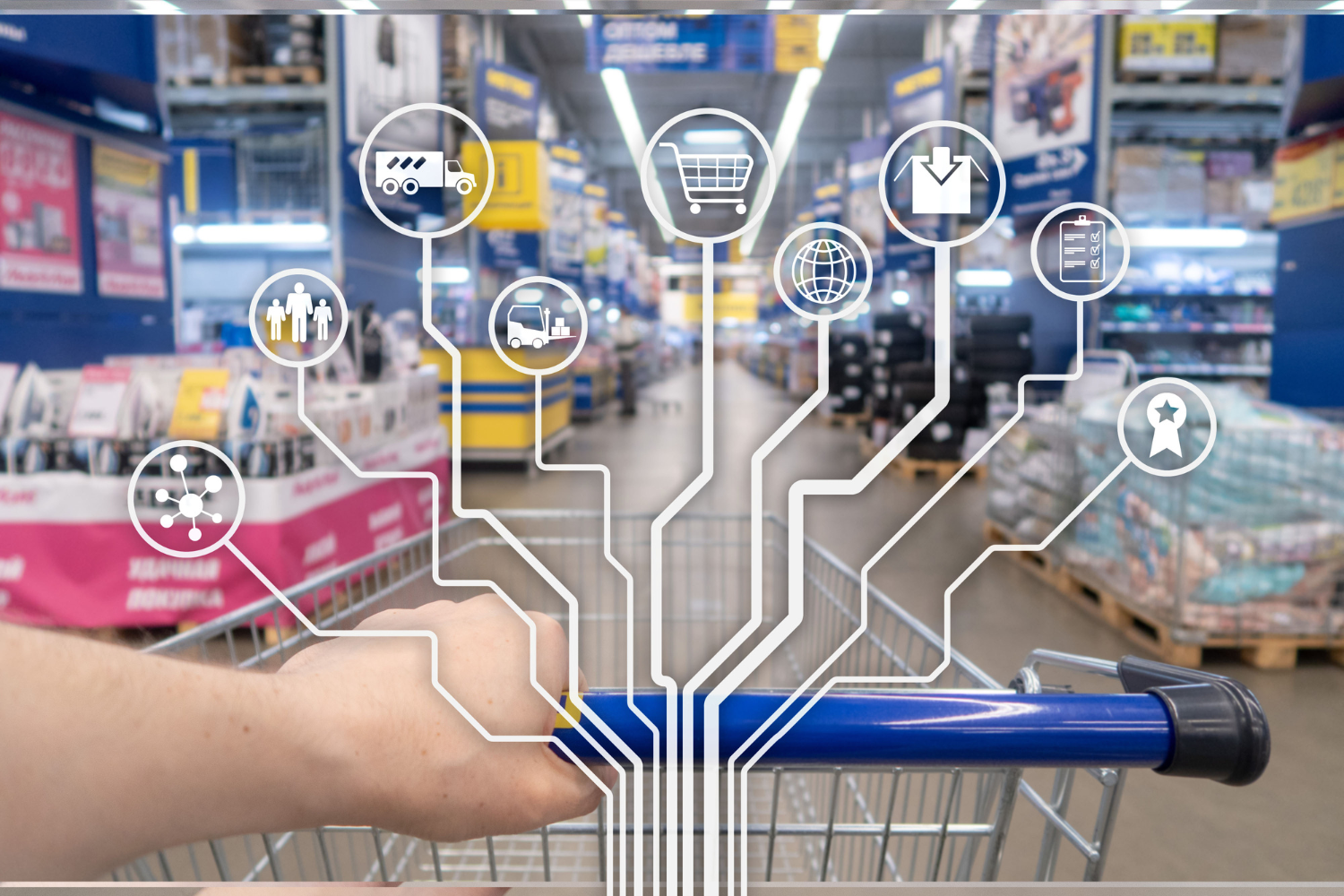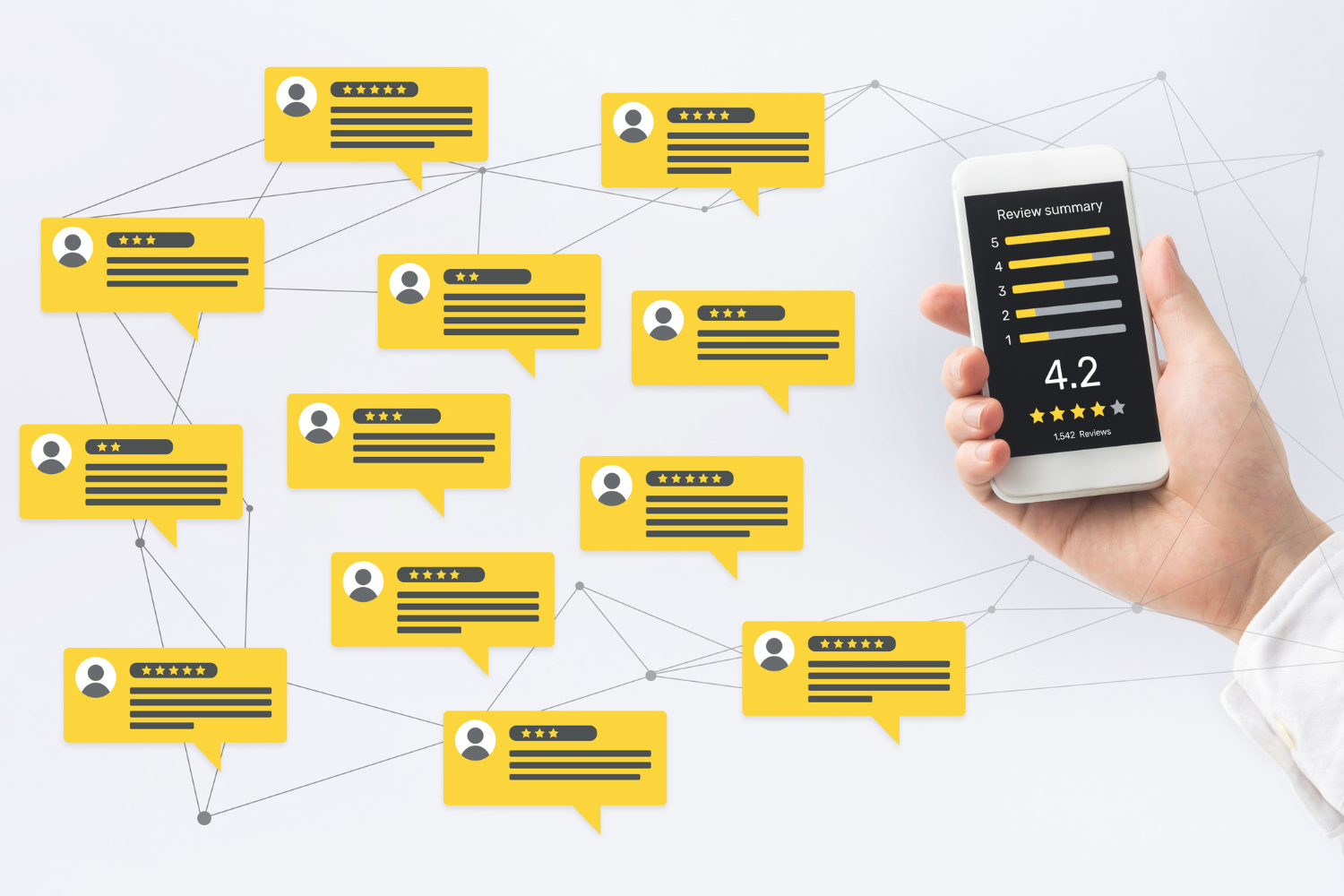Two powerful strategies that have the potential to propel brands to new heights are product marketing and event marketing. Individually, they offer unique advantages but when combined, they form an unstoppable force that can drive brand visibility, engagement, and conversions.
79% of US marketers use events to generate sales (Statista) and, according to Forbes, 80% of businesses consider live events to play a crucial role in their success. In addition, 31% of marketers consider events to be the most effective marketing channel, and 87% of C-Suite executives want to invest more in them in the future (Aventri).
Events provide a platform for immersive brand experiences, bringing together targeted audiences in a lively and interactive environment. By seamlessly integrating product marketing in this scenario, businesses can create a synergy that maximises the impact on their target market.
This article delves into the compelling benefits of marketing products at events and explores how to get the most from this combination.
The Benefits of Combining Event Marketing and Product Marketing
Events provide a fantastic opportunity to generate leads and drive sales. They may come in the form of trade shows, conferences, product launches, webinars, and other types of virtual events.
Combining product and event marketing can offer several benefits, including:
- Targeted audience reach: Events attract specific audiences based on their interests, industry, or niche. By aligning product marketing efforts with relevant events, businesses can reach a highly targeted audience that is already interested in their offerings. This focused exposure can result in high conversion rates and a healthy ROI.
- Engaging customer experience: Showcasing products in a live setting helps create excitement and anticipation around a brand and its products and services. Combining product demonstrations with interactive, tactile elements and experiential activities provides a more engaging and memorable customer experience.
- Networking and partnerships: Events gather industry professionals, influencers, and potential business partners in one place, potentially opening up new avenues for growth.
- Real-time feedback and market research: Events allow businesses to directly interact with customers and gather real-time feedback on their products or services. By observing customer reactions and engaging in detailed conversations, more in-depth, qualitative insights are possible when compared to customer surveys and other virtual means.
- Content creation: Events provide ample opportunities for content creation. Businesses can capture high-quality photos, videos, and testimonials at events, which can be repurposed for various marketing channels. This can extend the reach of marketers’ efforts and generate ongoing brand awareness long after the event has ended.
- Improved customer sentiment: 84% of attendees stated that they have a more positive opinion of the company, brand, product or service being promoted after the event (EMI & Mosaic).
Pre-Event Webinars
Hosting pre-event webinars can generate excitement about what’s to come. By sharing valuable content, insights, or sneak peeks related to the event’s theme or topics, businesses can position themselves as industry experts and establish credibility, encouraging those who are uncertain about attending to go ahead and sign-up. This tactic also enables direct interaction with attendees through live Q&A sessions, fostering a sense of connection and encouraging their active participation.
Webinars also serve as a platform to communicate any exclusive offerings that will be part of the event, motivating attendees to mark their calendars and prioritise them. For example, if any contests will be held, mentioning this in advance is sure to create anticipation. Participants can also be encouraged to schedule one-to-one appointments at your booth while on the call.
Overall, this is a powerful promotional tool to ignite enthusiasm among your target audience, ensure a higher attendance rate, and set the stage for the event.
How to Maximise Product Visibility at the Event
Booth Design
Build a custom, impactful stand or booth that showcases the product. It should be eye-catching and inviting, positioning the product prominently. Use branded signage, banners, and displays to draw attention and communicate the key features and benefits.
Create a Seamless Booth Experience
Create an engaging and immersive environment that reflects the brand identity and resonates with the target audience. Design the on-site experience to ensure that products are easily accessible, and that sufficient knowledgeable and personable staff are available to provide information, answer questions, and conduct product demonstrations.
Interactive Product Demonstrations
Provide hands-on experiences that allow attendees to see, touch, and experience the value your product offers (more about this later).
Contests
Consider hosting contests or raffles where attendees can win your product or other benefits. This can create excitement, drive traffic to the booth, and encourage attendees to learn more about your offerings. For a software company, the prize could be one year’s full access, for example. After all, the prize needs to be good enough to create a buzz.
Influencer Partnerships
Collaborate with relevant influencers or industry experts who can promote your product at the event. They can demonstrate or endorse it, share their experiences on social media, or attract their followers to your stand. Their presence and endorsement can significantly increase the product’s visibility and credibility – especially if they are well-known among the audience.
Sponsorship Opportunities
Explore sponsorship opportunities within the event to gain further visibility. This could involve sponsoring specific areas, stages, or activities where the target audience is likely to gather, and your product can be integrated into the event branding, promotional materials, and announcements. STAT
Collaborative Promotions
Partner with other exhibitors or complementary businesses to cross-promote each other’s products. This can involve joint displays, co-branded marketing materials, or referral programmes.
Deliver Engaging Presentations or Talks
Secure speaking opportunities at the event to showcase the product. During the talk, offer valuable industry insights or practical tips; this positions you as an expert and builds credibility while generating interest in your business.
Engage Event Attendees on Social Media
Leverage social media platforms before, during, and after the event to engage with attendees. Create event-specific hashtags, share sneak peeks or teasers of the product, and encourage attendees to share their experiences with it by using the designated hashtag. This will amplify product visibility far beyond the event itself.
Create Interactive Experiences
Experiential activities are interactive and engaging experiences that allow attendees to actively participate and immerse themselves in a brand or product. These experiences are more memorable and impactful experiences than traditional marketing approaches, with AR potentially increasing conversions by 40%. They help companies to connect with attendees on an emotional level, leaving a lasting impression and building a positive association with the brand or product.
Examples of experiential activities can include:
- Virtual or augmented reality experiences: Attendees can use headsets or mobile devices to explore virtual environments or interact with virtual products.
- Immersive simulations: Even without VR and AR, simulations are a great way for attendees to experience the benefits or impact of your product. For example, a car manufacturer may provide a simulated driving experience to showcase the features and performance of their vehicles.
- Gamification: Introduce gamification elements to engage attendees. As mentioned, this can involve challenges and competitions, but could also include interactive games related to the product. Offer incentives or rewards for participation and successful completion.
- Interactive displays or installations: Create visually appealing and interactive displays that engage multiple senses. This could involve touchscreens or interactive projections.
- Live performances or entertainment: Incorporate live performances, entertainment acts, or demonstrations that showcase the unique aspects of your product, if appropriate. This can include live music, dancers, or theatrical presentations that align with your brand image.
- Customisation stations: Set up stations where attendees can customise the product and add personal touches. This element creates a sense of ownership and attachment.
How to Boost Conversions at Events
Exclusive Attendee Offers and Benefits
Develop exclusive offers or incentives for event attendees, such as free trials, discounts, special pricing, bundled packages, limited-time promotions, or value-added benefits.
Make sure the offers are enticing, and communicate their value effectively to encourage attendees to purchase the spot. Also, make sure the offer is displayed prominently at the stand to attract attention.
Create a sense of urgency by offering limited-quantity or limited-time offers. This can prompt attendees to take immediate action to secure the deal.
Provide Incentives for Immediate Purchase
Encourage attendees to make a purchase at the event by offering additional incentives for immediate decision-making. This can include free accessories, extended warranties, or priority access to new features or upgrades.
Streamline the Purchasing Process
Make it as easy as possible for attendees to purchase at the event. Ensure a streamlined checkout process, whether it’s a traditional point-of-sale system or mobile payment options. Minimise any friction or barriers that could deter attendees from completing a purchase.
Assign Skilled Sales Staff
Booth staff should be knowledgeable, friendly, and skilled at sales techniques. Their ability to engage attendees, answer questions thoroughly, demonstrate a deep understanding of their needs, showcase how the product meets those needs, and make personalised recommendations plays a crucial role in driving conversions at the event.
Use Social Proof
Highlight social proof elements such as customer reviews, ratings, or endorsements from industry experts or influencers; this can instil confidence in prospects and validate the quality and value of the product. Incorporate social proof into booth displays and conversations with attendees.
Boost Post-Event Conversions
Not all attendees may be ready to make an immediate purchase, so it’s vital to implement a lead nurturing strategy to capture their information, follow up after the event, and stay engaged with them. Of course, the first step is to capture leads, so ensure a strategy is in place for collecting attendee information, such as scanning badges.
Conclusion
The combination of product and event marketing presents a fantastic opportunity for businesses to increase brand awareness and drive conversions. Through immersive experiences and effective product showcasing, businesses can captivate audiences, forge deeper connections, and leave a lasting impact. By carefully planning and coordinating an event marketing strategy, businesses can derive maximum ROI from such occasions.
To discover how we’re helping businesses worldwide develop leading marketing strategies, contact us – we would be delighted to assist.



